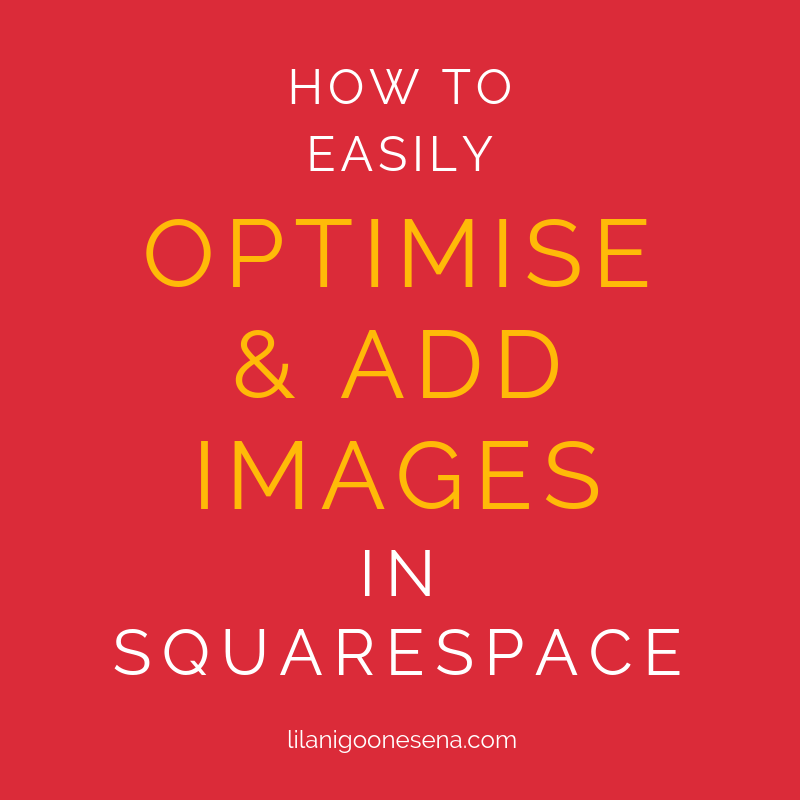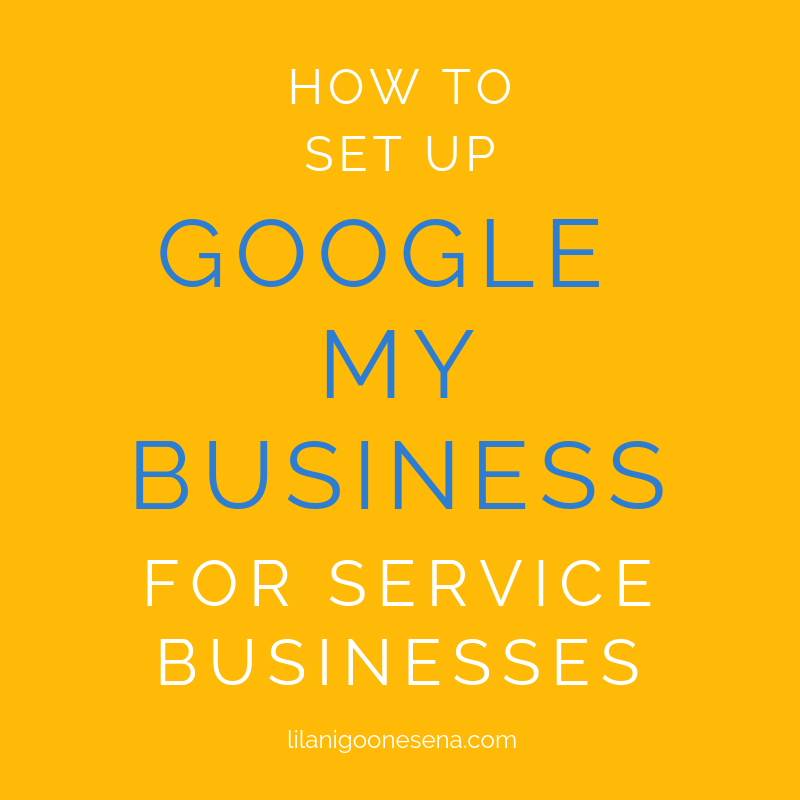Business Basics: How To Set Up Your Awesome Freelance Business
You’re getting ready to start your own business! That’s awesome! It’s a step towards following your dream, doing what you love and freeing your time. Well done, you.
So, what exactly do you need to do to launch this baby?
I’ve been running my own freelance business for the last 5 years. There is a process and it’s quite simple. I’m going to show you what to do, and this especially applies to Australian freelance businesses...
The step by step process of setting up your freelance business
Let’s go…
1. Decide on your business name
This could be your own name, if you’re a service professional like a writer or photographer or doctor.
This means that you’ll register as a sole trader, which is the easiest way to do business as a single person. There are far fewer fees and complications but you're still legally a business for taxation purposes.
Or you can choose a business name that isn’t about you. Such as Red Hippo Designs or Canberra Cotton Crafts.
Here’s some help on the “Should I use my own name or not?” debate.
2. Check if your business name is available legally
Hop onto the Australian Securities and Investment Commission (ASIC) website. You can see if your chosen name is available.
They’ll give you a list of all the registered businesses with similar names as well, so you can see how popular it may be.
If it's super popular, you may have to consider moving on. You don't want people looking for you but finding someone else.
3. Check if your business name is available online
This is a sneaky step but you’ll be glad you did it now rather than later.
You don’t want to register your business name, and then discover that its domain name, Facebook page and Twitter handle are already taken!
Do a Google search and check. Right away I can see that Red Hippo Designs is the name of a US-based, small business graphic design company. They’re on Facebook and LinkedIn too.
Oh no!
At this point, you may want to give up on that name. But all is not lost! You could go with an Australian version using or you could change your business name slightly.
A couple of things to bear in mind are what the competing business does, its popularity and engagement online, and its location. It could be that the two of you may operate in completely different places and industries.
RELATED POST: Business Basics: Everything You Need To Know About Domain Names
4. Apply for an Australian Business Name (ABN)
Now you need to apply for an ABN. This is the number you'll need on all your invoices, or many clients won't even do business with you. You can get an ABN even if you haven’t invoiced a single client.
But you need to be starting your business. You’ll also need your Tax File Number (TFN) handy.
Hop onto the Australian Business Register and follow the prompts for an ABN. If you’ve got all your information available, the result is usually instantaneous. If you’re missing details or they need to verify something, it can take up to a month.
Feeling like a business newbie? My weekly newsletter can help! Lots of step by step strategies and ideas! Sign up below :)
5. Register your business name
Once you’ve got your ABN, you can officially register your business name through ASIC. Note that there is a fee of $35 for 1 year or $82 for 3 years.
And you're done! Your business is legally registered in Australia.
But we're not done yet...
6. Create a simple business plan
Everyone loves a business plan!
But try not to get too caught up in creating the “perfect” business plan.
Now that's a time suck. And it's impractical. Starting a business is a fabulous thing. But it’s likely that your ideas and inspiration will change in the early months. You'll want to follow that energy and adapt to change, not feel stuck because it doesn’t fit into your perfect plan.
A simple business plan will help you set a direction for your business and plan short and long term goals.
7. Get business cards
I love my business cards. They’re by Moo, everyone’s favourite business card company.
A business card is still a really popular and expected means of getting your freelance business out there. Especially to people you have only just met.
So, get those details down on a snazzy-looking business card and start handing them out like candy. Give them to friends, family, people you meet at the park, at parties, in the doctor’s waiting room. You never know where opportunity may arise.
RELATED POST: How To: 5 Easy Ways To Find Freelance Work
8. Set up an accounting system
If you’re anything like me, the thought of finances makes you want to run for the hills. But fear not. There’s a heap of easy to use apps and resources for financially-challenged people like us. Phew.
Apps like Wave, which has been my invoicing system for years. It’s free, easy to navigate and creates simple, professional invoices. Which is all you really need.
Pop in your details - business name, address, shiny new ABN and away you go.
And if you do happen to be a whiz on the financial front, Wave has loads of other features too which you’ll love.
RELATED POST: 31 Essential Tools & Resources for Freelancers
9. Set up an online presence
Who doesn’t check someone out online before even considering working with them? No one, that’s who.
Your fledgling business needs to be online too - via a website, blog, portfolio, or even a Facebook page. Something for prospective clients to read more about you, what you do, and how you work. An opportunity for them to feel familiarity, trust and respect for what you do.
Personally, I recommend setting up a simple website. You have more options with your own site about what you want people to see, and what you can include, such as:
Your services or products in detail
Your work experience or portfolio
A blog about what you do and who you are
Multiple ways to contact you
RELATED POST: 5 Reasons Why Squarespace is Awesome For Small Businesses
10. Get on social media
If you’re not already on social media, your business needs to be.
Pick a single platform (for now) that you know your clients are on. Maybe LinkedIn or Facebook or Twitter. Concentrate on creating your business persona, engaging with people and being helpful. Show them how you can help them.
Social media for business is a bit of a long game but it’s important to build that social and online presence.
11. Network
Your business is all set up! Now you need to pull in those clients...
Freelance business opportunities are all around. It’s a matter of a) letting people know you’re available; and b) being available.
Professional networking provides great opportunities for this. But there's loads of informal ways to find clients too. Chat to people at your child’s school, and engage with people on social media. Don’t hold back, you can do it!
RELATED POST: 21 Super Easy Ways To Find Awesome New Clients
So, there you are! Your brand new business is ready to go!
Want more real and honest tips and strategies for your business? Check out my weekly newsletter on digital marketing and “all that online stuff”.
About the author: Lilani Goonesena is an Australian freelance writer, SEO copywriter and Squarespace web designer based in Vientiane, Laos. She loves boosting freelancers and small businesses with web design, SEO content and digital marketing strategy. She writes an awesome weekly newsletter on digital marketing, social media, blogging, web design and "all that online stuff". Lilani also blogs at the delectable Eat Drink Laos, just for fun.






















